You are using an out of date browser. It may not display this or other websites correctly.
You should upgrade or use an alternative browser.
You should upgrade or use an alternative browser.
some elapid picts
- Thread starter jamgo
- Start date
-
- Tags
- aspidites melanocephalus aspidites ramsayi boiga irregularis demansia atra demansia olivacea dendrelaphis punctulata egernia cunninghami furina diadema hemiaspis signata hoplocephalus stephensii liasis olivaceus morelia bredli morelia carinata morelia spilota cheynei morelia spilota mcdowelli morelia spilota spilota notechis scutatus oxyuranus microlepidotus pseudechis colletti pseudechis porphyriacus pseudonaja nuchalis suta suta tropidechis carinatus vermicella vermiformis

Help Support Aussie Pythons & Snakes Forum:
This site may earn a commission from merchant affiliate
links, including eBay, Amazon, and others.
- Status
- Not open for further replies.
Jay84
Very Well-Known Member
Nice adder Kris.
I am keeping my fingers crossed for some Dajarras this season! These are the two I got from Jamie.

I am keeping my fingers crossed for some Dajarras this season! These are the two I got from Jamie.

a pic of my favouite little sydney adder
Anyone remember the movie tremors?
outbackstorm
Active Member
I know he is not a captive but a nice little spotted black that I caught in town and released out of town. It sure is a good feeling releasing a snake miles up the bush where it won't run into people again!
Attachments
dottyback
Well-Known Member
my albino..
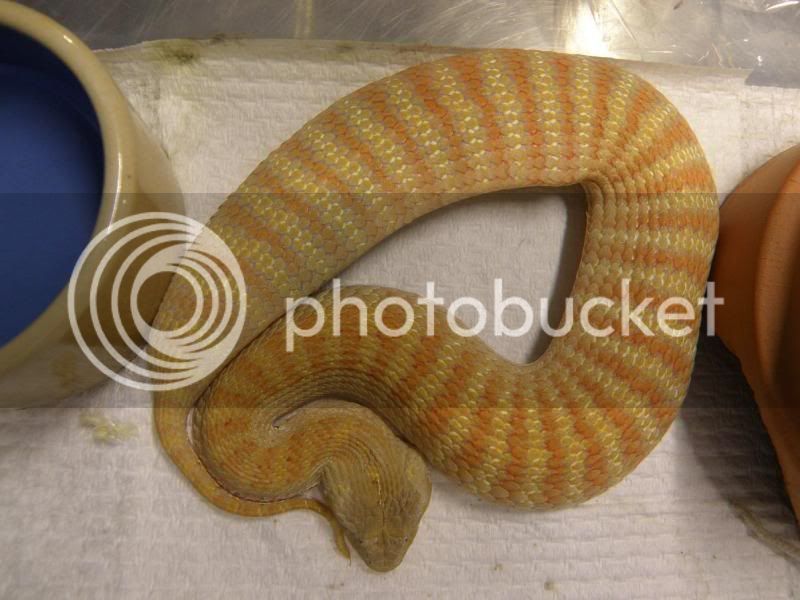

Jay84
Very Well-Known Member
Very nice dottyback. He is very similar to my boy. Is yours a yearling? Or same age as mine coming up 2 years?
Do you have a pair of albinos or is the other a het?
Do you have a pair of albinos or is the other a het?
ssssmithy
Well-Known Member
nice adder dottyback!
and an eb from me to add

and an eb from me to add

Snake Catcher Victoria
Almost Legendary
Jay84
Very Well-Known Member
Hey guys, quick question....... The albino death adders (mine included) what are people's thoughts on the subspecies? Praelongus or Rugosus? On another forum a couple of people said rugosus, however; they were sold to me as praelongus?
Jonno from ERD
Very Well-Known Member
Acanthophis taxonomy is richly debated and as yet, there are no definitive answers as to which species are valid and which are not. The only two that are considered "guaranteed" are Acanthophis pyrrhus and Acanthophis wellsi. Of course, both Acanthophis antarcticus and Acanthophis praelongus are valid, but where they begin and where they end is hotly debated, especially throughout the top end (all southern Adders from ~Townsville through to Perth, inland to around Windorah are accepted as A.antarcticus). In a paper published about 8 years ago, it is suggested that A.praelongus is restricted to FNQ, and the NT (and northern WA/NW QLD) Acanthophis are made up of A.rugosus and A.hawkei. One day someone will invest the time and energy into finally working out which species are valid and which aren't!
reptilesrkool
Well-Known Member
albino adder i got off dottyback cheer`s mate
and the het maleView attachment 231336View attachment 231337
and the het maleView attachment 231336View attachment 231337
Attachments
waruikazi
Legendary
Jonno can you tell us how to tell praelongus and antarcticus apart? About the only species that i can't name from looking.
Acanthophis taxonomy is richly debated and as yet, there are no definitive answers as to which species are valid and which are not. The only two that are considered "guaranteed" are Acanthophis pyrrhus and Acanthophis wellsi. Of course, both Acanthophis antarcticus and Acanthophis praelongus are valid, but where they begin and where they end is hotly debated, especially throughout the top end (all southern Adders from ~Townsville through to Perth, inland to around Windorah are accepted as A.antarcticus). In a paper published about 8 years ago, it is suggested that A.praelongus is restricted to FNQ, and the NT (and northern WA/NW QLD) Acanthophis are made up of A.rugosus and A.hawkei. One day someone will invest the time and energy into finally working out which species are valid and which aren't!
ssssmithy
Well-Known Member
heres a pic to add to the thread, probably the nicest roughie ive seen so far.. heaps pretty with no attitude either 
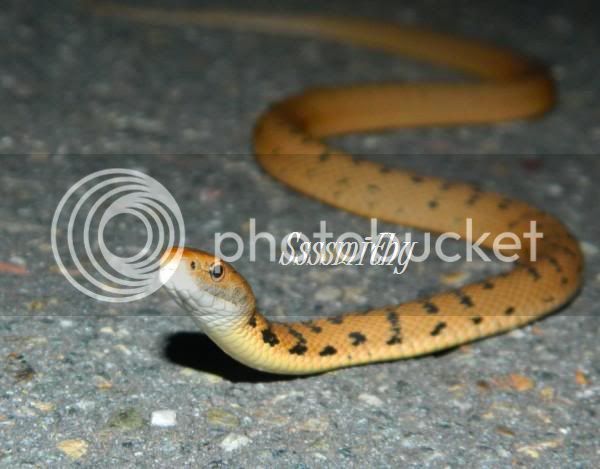

Hoplophile
Active Member
Jonno can you tell us how to tell praelongus and antarcticus apart? About the only species that i can't name from looking.
A.praelongus are supposed to have more keeled scales but that's not very helpful when you look at the extremes of the ranges of these "species". The former curator of herpetology, John Coventry, once said to me that he doubted that they were valid species, but merely geographic variants. Specimens from different parts of their range and even different habitats from close localities can look very different. The death adders are a highly variable group that may or may not be represented by many more recognised species...or they may just be a variable species that occupies lots of different habitats. I'll wait until a proper scientific review is done by a recognised taxonomist before I'll be recognising any more Australian species other than antarcticus, praelongus, pyrrhus and wellsi. That doesn't mean there aren't others - I'd just like to see the science and not shonky amateur taxonomy.
waruikazi
Legendary
Yes i was about to bring up the floodplain and woodlands phases to see where they fit in the mix...
A.praelongus are supposed to have more keeled scales but that's not very helpful when you look at the extremes of the ranges of these "species". The former curator of herpetology, John Coventry, once said to me that he doubted that they were valid species, but merely geographic variants. Specimens from different parts of their range and even different habitats from close localities can look very different. The death adders are a highly variable group that may or may not be represented by many more recognised species...or they may just be a variable species that occupies lots of different habitats. I'll wait until a proper scientific review is done by a recognised taxonomist before I'll be recognising any more Australian species other than antarcticus, praelongus, pyrrhus and wellsi. That doesn't mean there aren't others - I'd just like to see the science and not shonky amateur taxonomy.
I
imported_Varanus
Guest
A few of the fast growing Mulgas. Now in 4 footers. Very hard to get them to sit still, especially when they think food's about!
Attachments
Last edited by a moderator:
Hoplophile
Active Member
A bit of video of a nice Eastern Brown I found in the Grampians National Park a couple of years ago.
Eastern Brown Snake in Grampians National Park, Australia. - YouTube
Eastern Brown Snake in Grampians National Park, Australia. - YouTube
getarealdog
Well-Known Member
1 of my "boarders" with a bit of nose rub from life in a cage. She is now "leasing" an outdoor pit & should clear up fully in time. She is the mother of the hatchlings on page 116 of which I have 2 in an outdoor "tub".
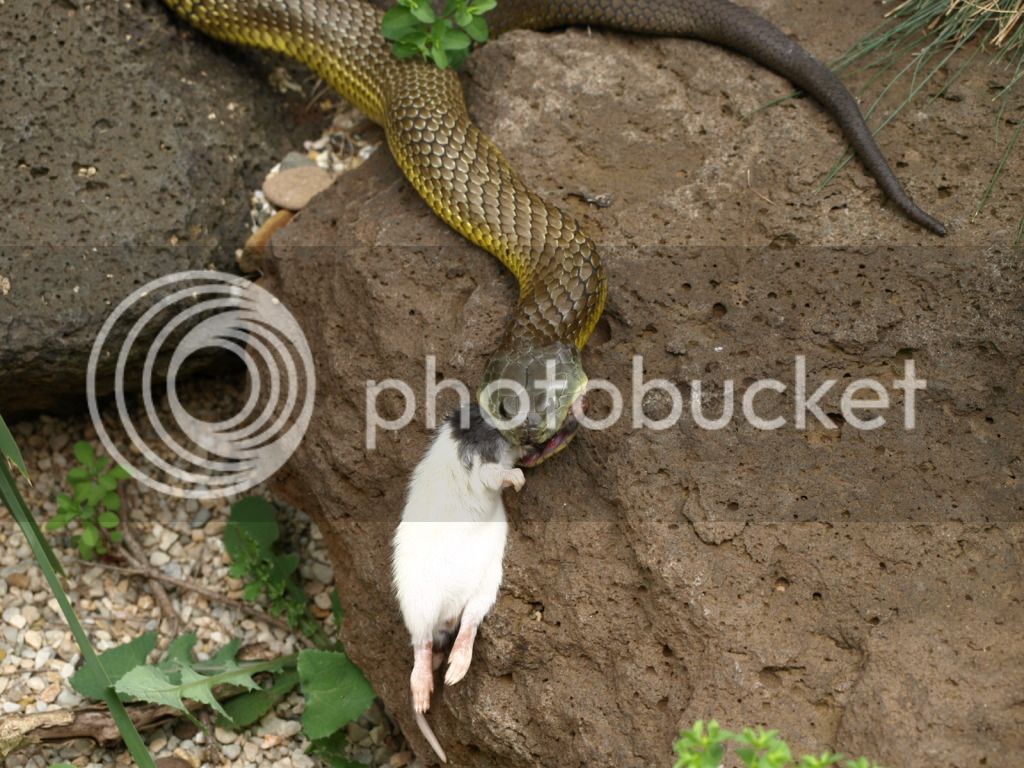
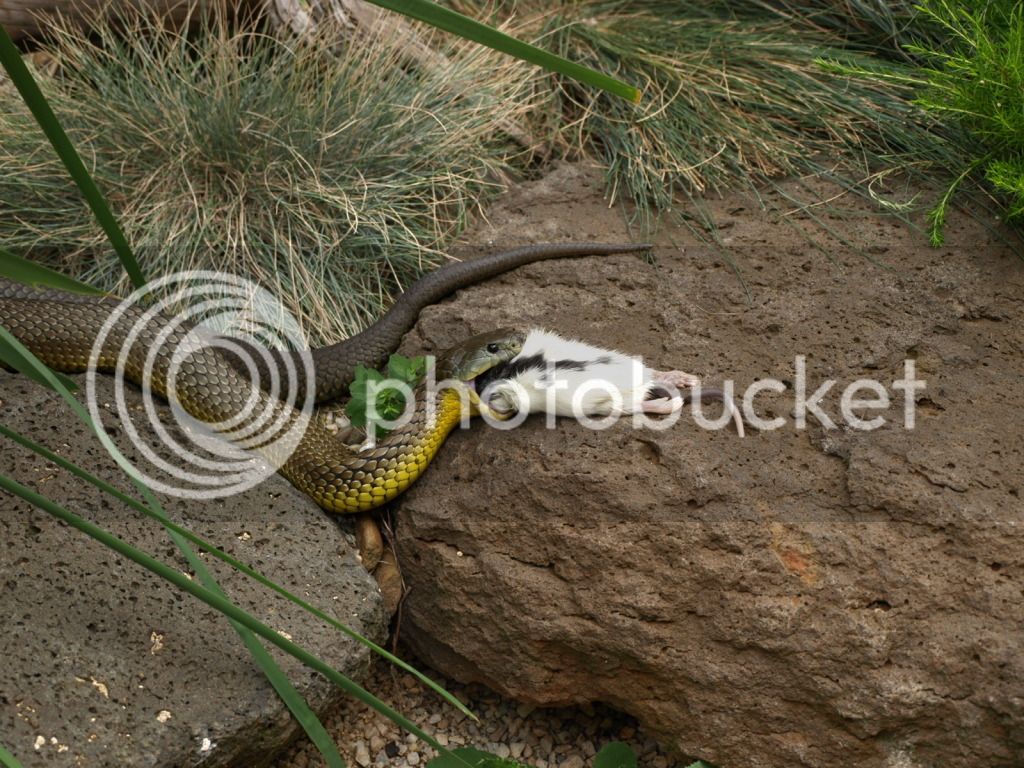
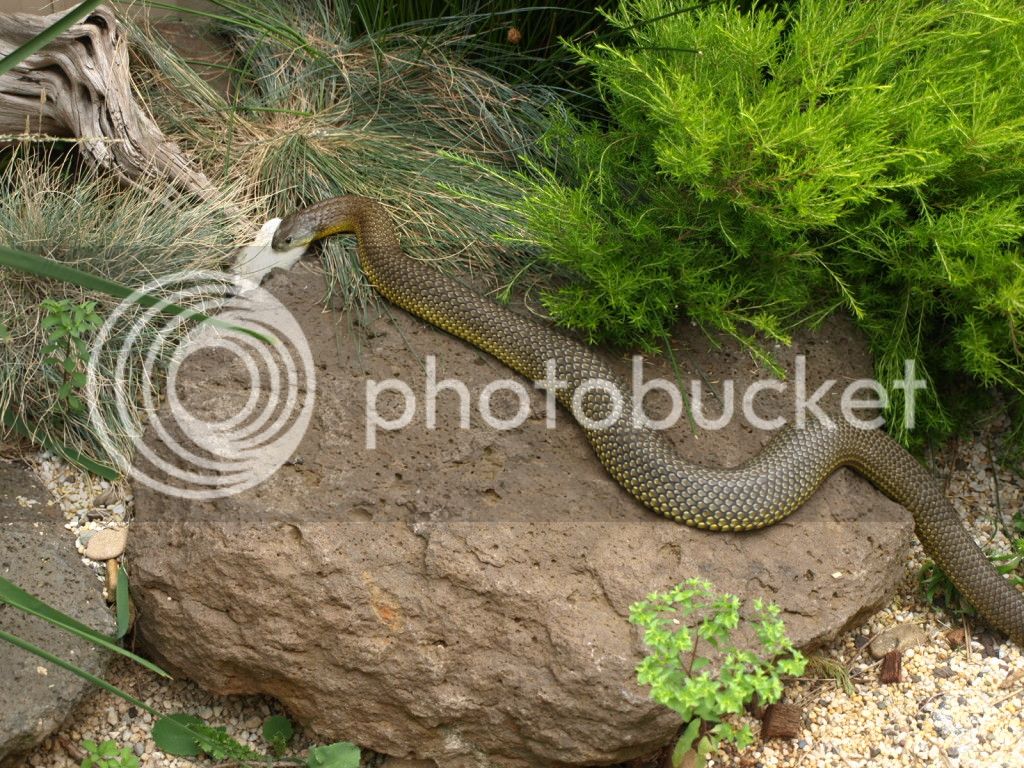

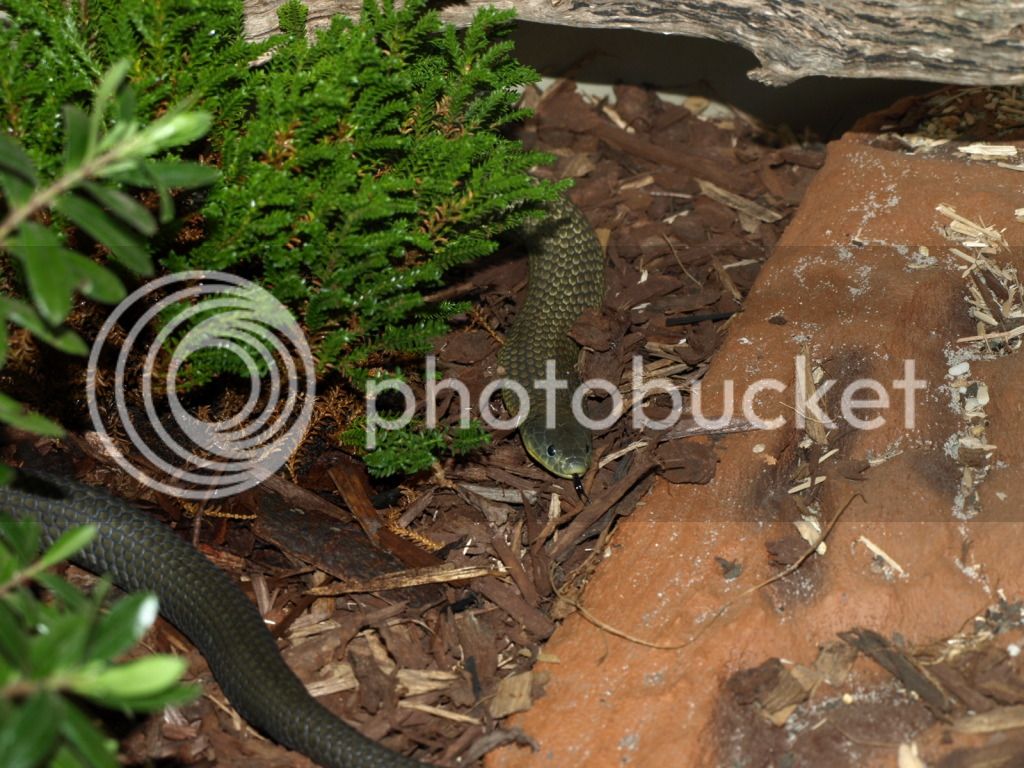





- Status
- Not open for further replies.
Similar threads
- Replies
- 23
- Views
- 9K









![Female Mulga 001 [1600x1200].jpg](https://cdn.imagearchive.com/aussiepythons/data/attachments/142/142269-ac54d51142e9b5022e8311f208703cc4.jpg)
![Female Mulga 011 [1600x1200].jpg](https://cdn.imagearchive.com/aussiepythons/data/attachments/142/142270-54c5d93bc7d3cbe5dd0931f91908eadc.jpg)
![Female Mulga 013 [1600x1200].jpg](https://cdn.imagearchive.com/aussiepythons/data/attachments/142/142271-79d4d885b0bd7094b5017ed3ba7e7eda.jpg)
![Female Mulga 020 [1600x1200].jpg](https://cdn.imagearchive.com/aussiepythons/data/attachments/142/142272-f55b13d6831f9d20102806ab2733298a.jpg)
